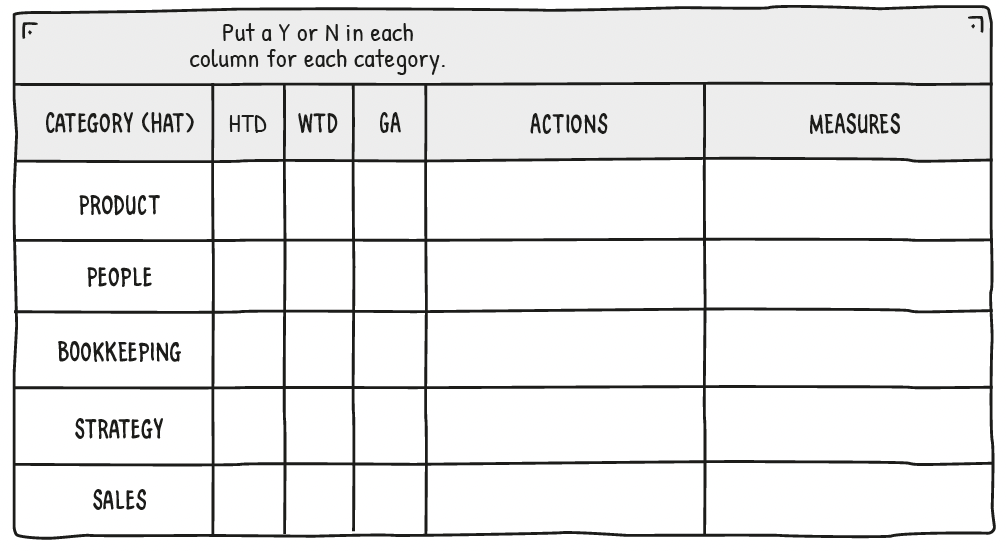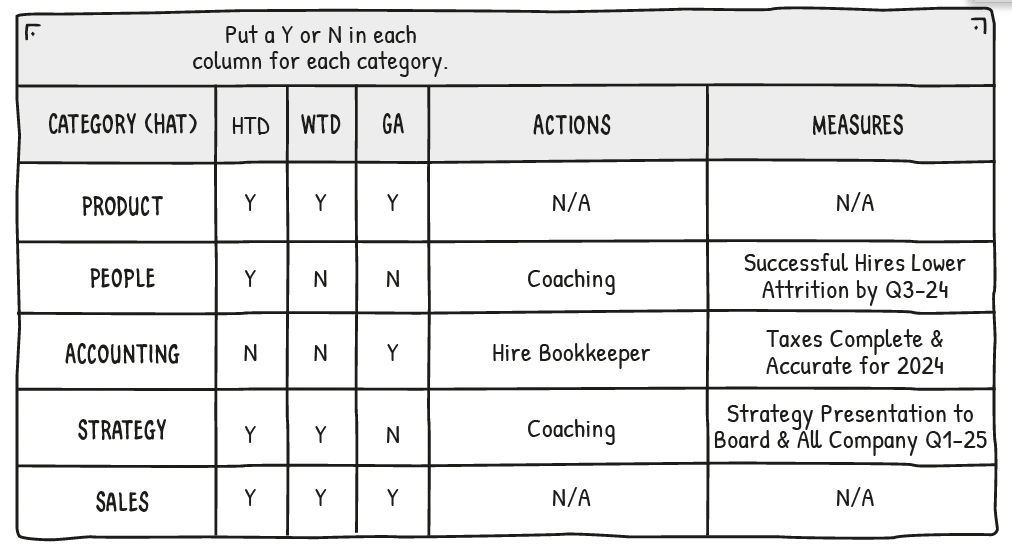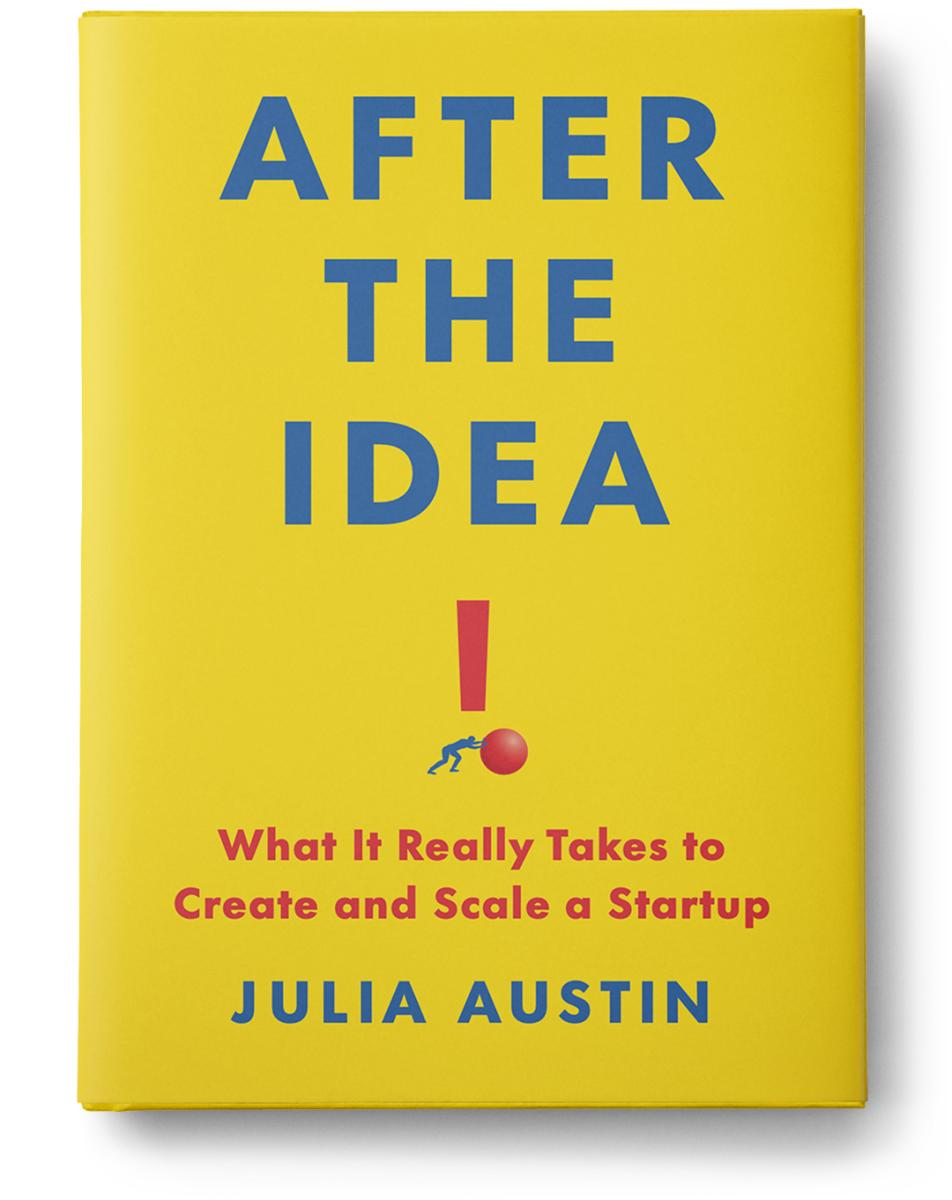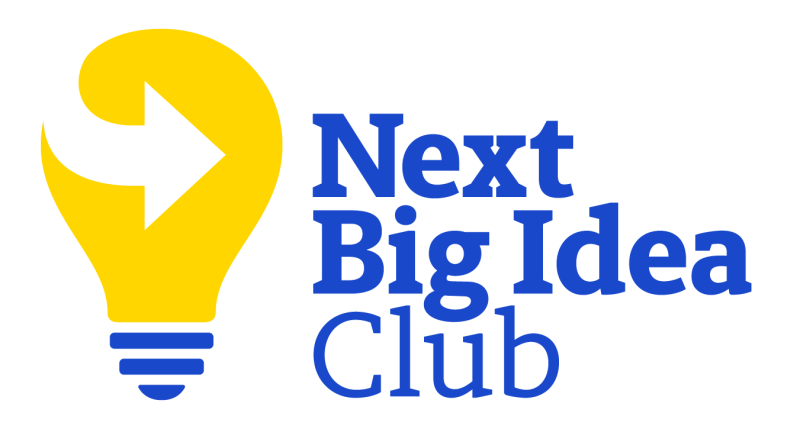Balancing Hats
Any key member of a scaling startup ideally wears only a few hats at a time. These select hats are the things that have to be done. It’s great when these prioritized hats also happen to be hats you want to wear and require skills that you believe you are good at, but that is not always the case— especially if your venture is super early-stage. Similarly, there can be things you are good at and want to do, but the business needs you to do other things. There are also times when something has to be done and you want to do it but lack the skill to do it well. When this happens, you may need to get some additional training or hire a specialist to do it instead of you (take the hat off!).




